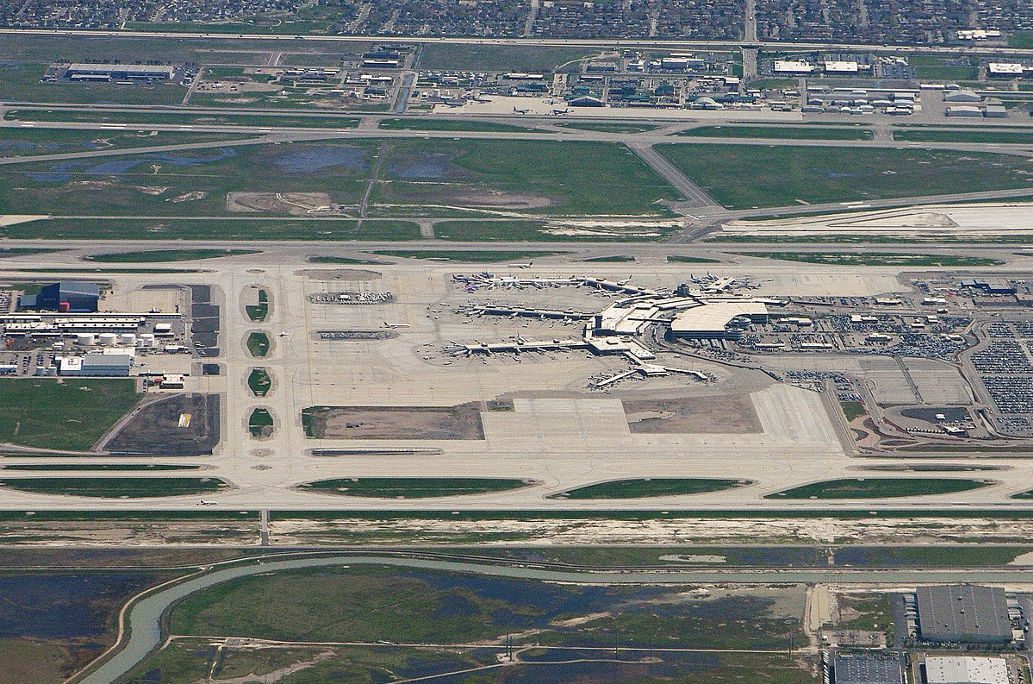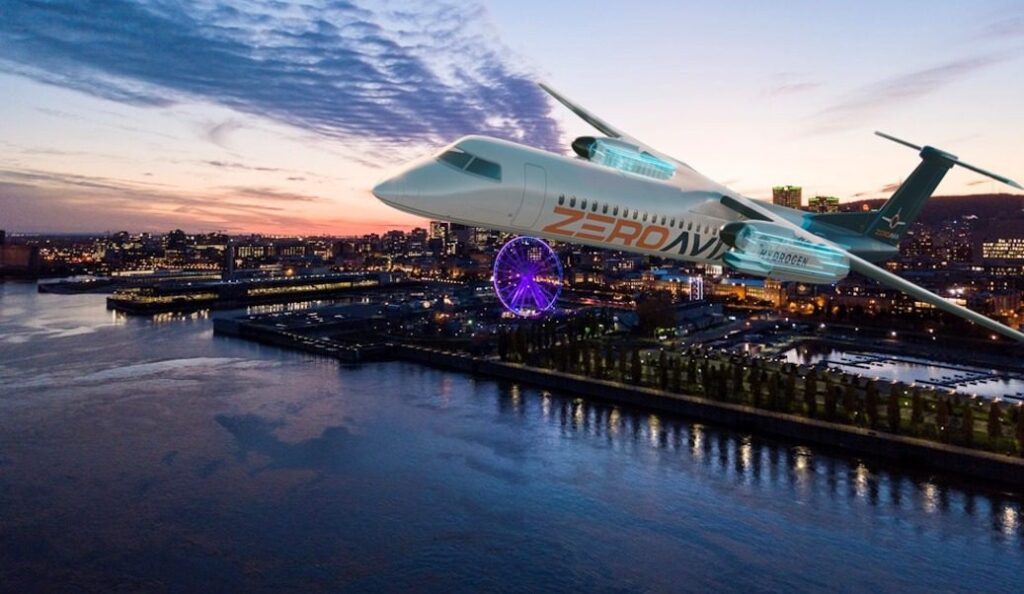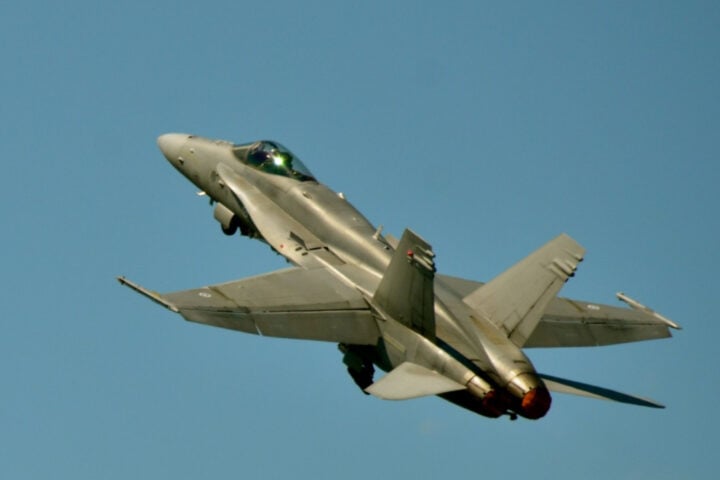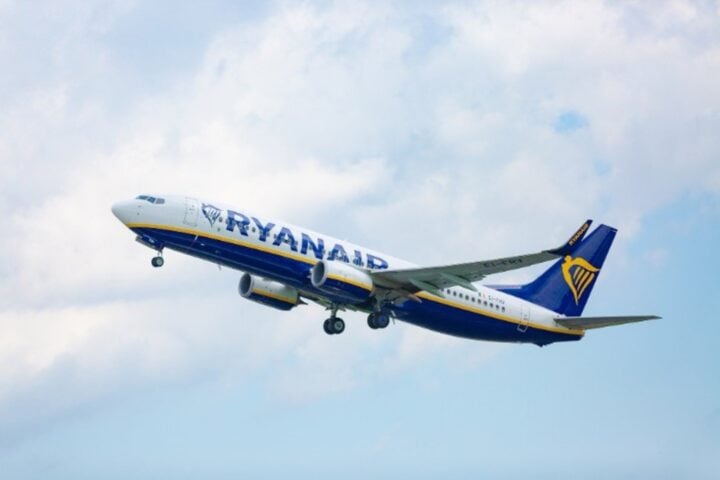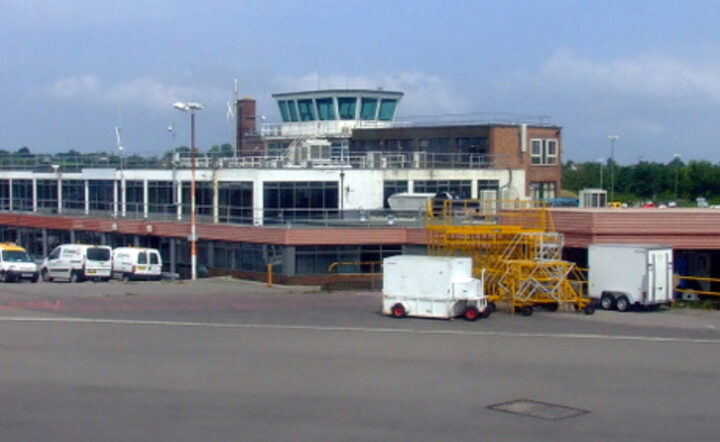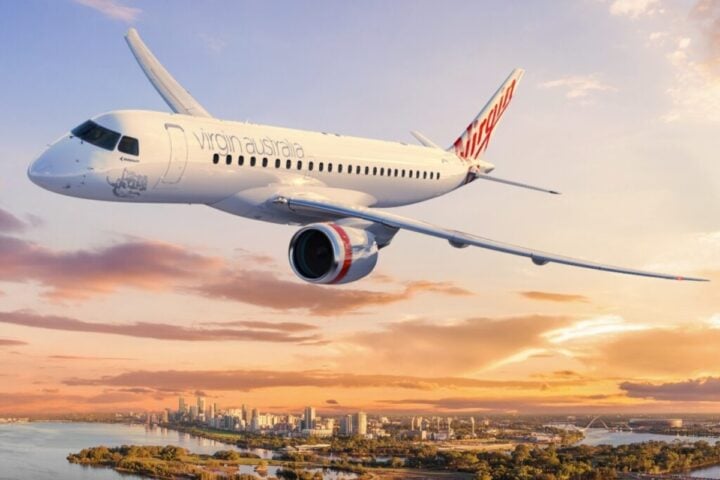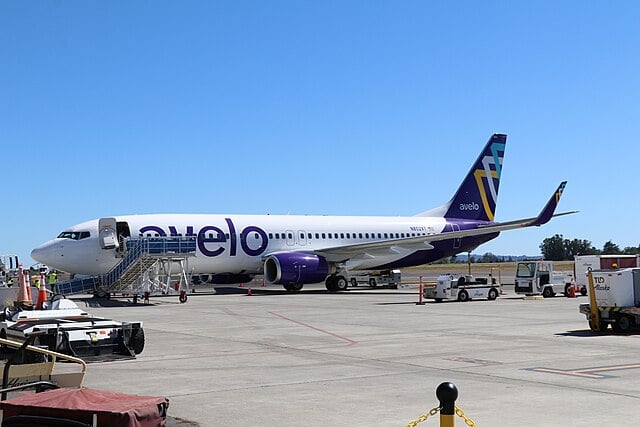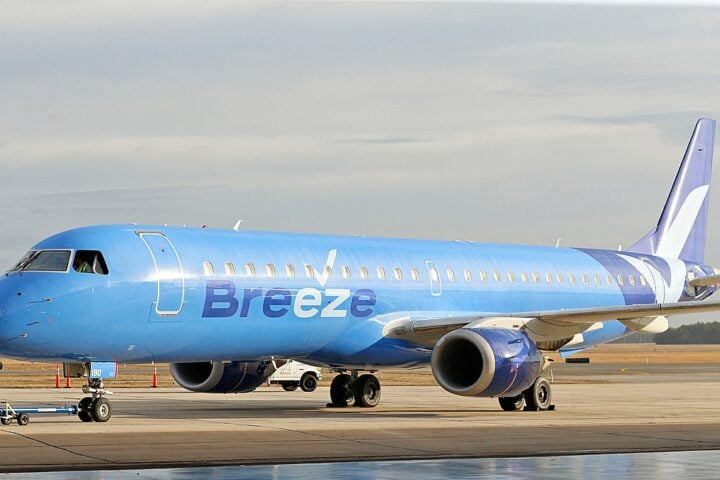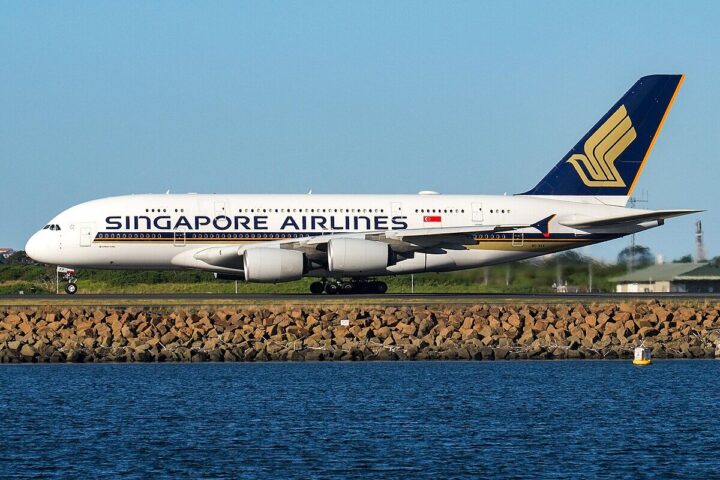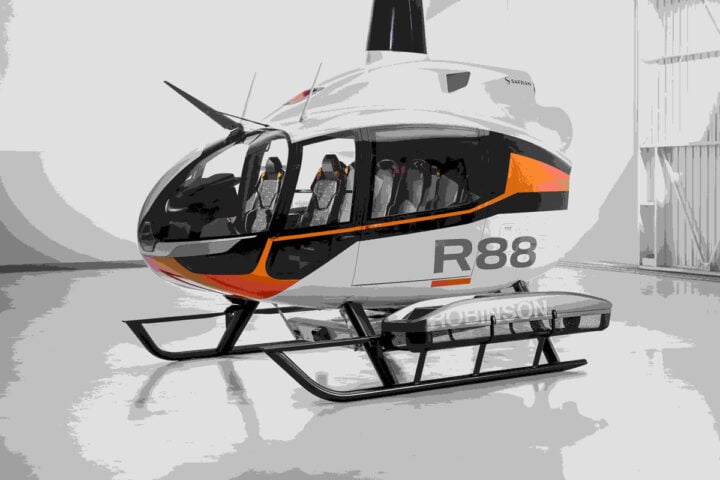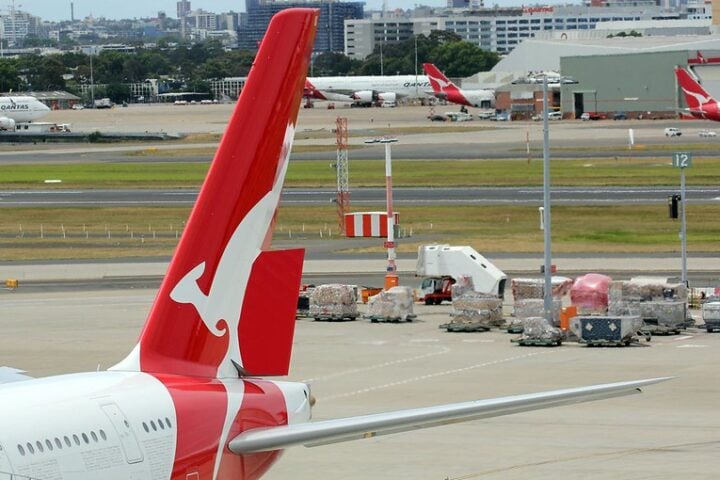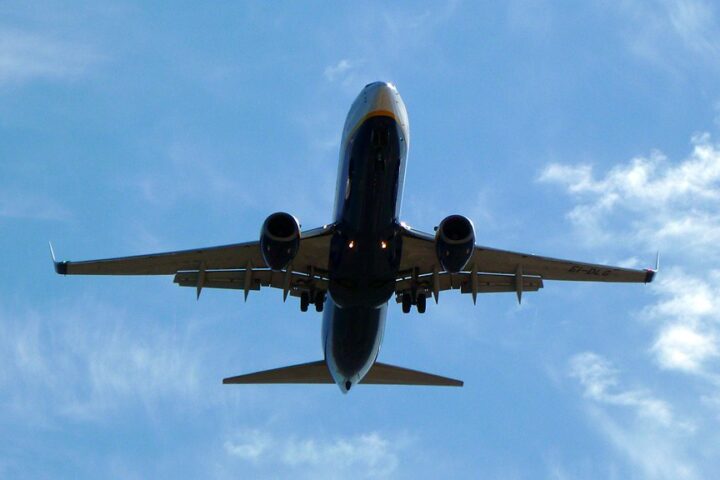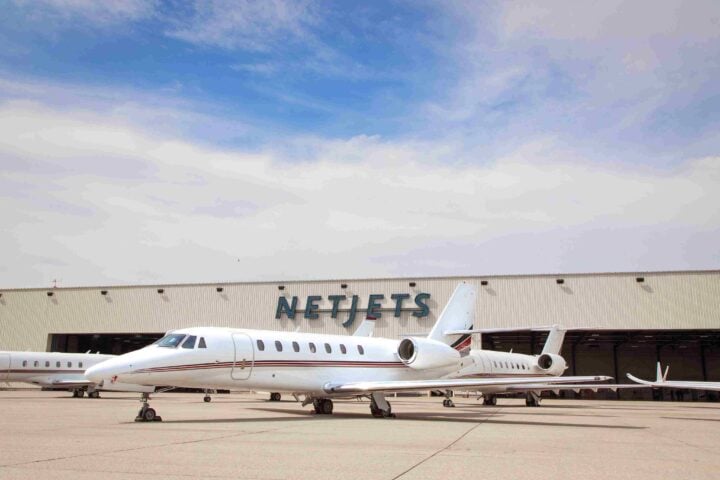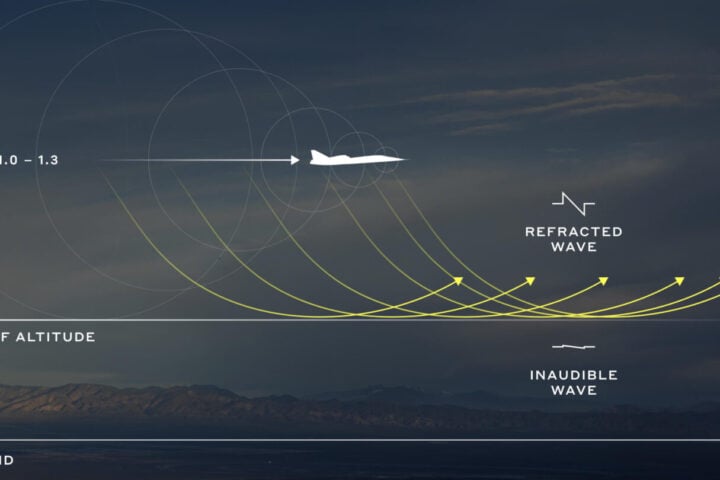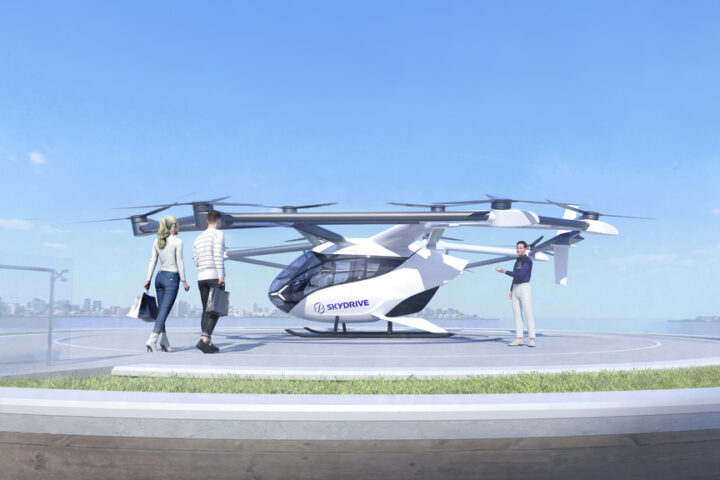AirHelp, an air passenger rights company, published its AirHelp Score 2024 report on the best and worst airports in the world. The report ranked 239 airports from 69 countries, including the United States. To rank the airports, the company used data, partially based on the claims it processes worldwide, to calculate the frequency with which flights departed as scheduled at airports across the country. It also surveyed passengers about wait times, cleanliness, retail shops, and restaurants. Airports were rated based on flights operated between May 1, 2023, and April 30, 2024.
Criteria for Ranking Airports
AirHelp determined the final ranking of an airport based on three factors:
- On-time performance
- Quality of service
- Food and shops
The 5 Best Airports in the United States
These are the best airports in the United States according to travelers:
- Salt Lake City International Airport (SLC)
- Washington Dulles International Airport (IAD)
- Detroit Metropolitan Wayne County Airport (DTW)
- Hartsfield-Jackson Atlanta International Airport (ATL)
- Minneapolis-St. Paul International Airport (MSP)
Salt Lake City International Airport was ranked as the number one airport in the United States according to travelers. It scored 8.28 out of 10. The airport also ranked sixth in the punctuality category and was the eighth-best airport in the world, according to the AirHelp report. Salt Lake City International Airport is just a few miles from downtown Salt Lake City and has one terminal and two concourses. The SLC airport underwent significant renovations in 2020, including improved terminals and parking, with more expected to be completed by 2026. The airport serves as a hub for Delta Air Lines and, according to its website, recorded a record 26,952,754 travelers in 2023. SLC hosts over 330 daily flights to 95 nonstop destinations.
The 5 Worst Airports in the United States
These are the worst airports in the United States according to travelers:
- Fort Lauderdale-Hollywood International Airport (FLL)
- San Francisco International Airport (SFO)
- Orlando International Airport (MCO)
- Harry Reid International Airport (LAS)
- John F. Kennedy International Airport (JFK)
Fort Lauderdale-Hollywood International Airport was ranked as the worst airport in the United States with a score of 7.33, according to AirHelp. Globally, the airport ranked 167th. The Florida airport is very close to Fort Lauderdale, Hollywood, and Dania Beach and is about 20 miles north of Miami. Fort Lauderdale-Hollywood International Airport serves as a base for Allegiant Air, JetBlue, and Spirit Airlines. Southwest Airlines also has a significant presence at the airport. FLL averages 336 daily departures and offers nonstop service to 94 cities and 57 international destinations in 28 countries, according to the Dania Beach website.
Florida Airports Among the Worst
Miami International Airport, Fort Lauderdale-Hollywood International Airport, and Orlando International Airport were identified for their low ratings in passenger experience. Frequent flight delays and cancellations were the main problems. Fort Lauderdale-Hollywood and Orlando reported disruptions in 30.5% of their flights, placing them among the most problematic airports in the country. Miami faced similar challenges, with high rates of delays and cancellations. Passengers also expressed dissatisfaction with the quality of service, citing long lines, lack of clear information, and poor facilities.
Similar Posts
Characteristics of Excellent Airports
For an airport to be considered excellent, it must excel in punctuality, service quality, facilities, and customer experience. The most efficient airports ensure timely flights, friendly and efficient services, clean and modern facilities, and exceptional customer care. Passenger satisfaction, reflected in positive reviews, is key to elevating an airport to the category of the best.
This analysis underscores the difficulties faced by both airlines and passengers in managing air travel, suggesting the need for continuous improvements in infrastructure and air traffic distribution to relieve stress at the most affected airports. The statistics reflect the complexity of the factors involved in flight punctuality and passenger experience.
